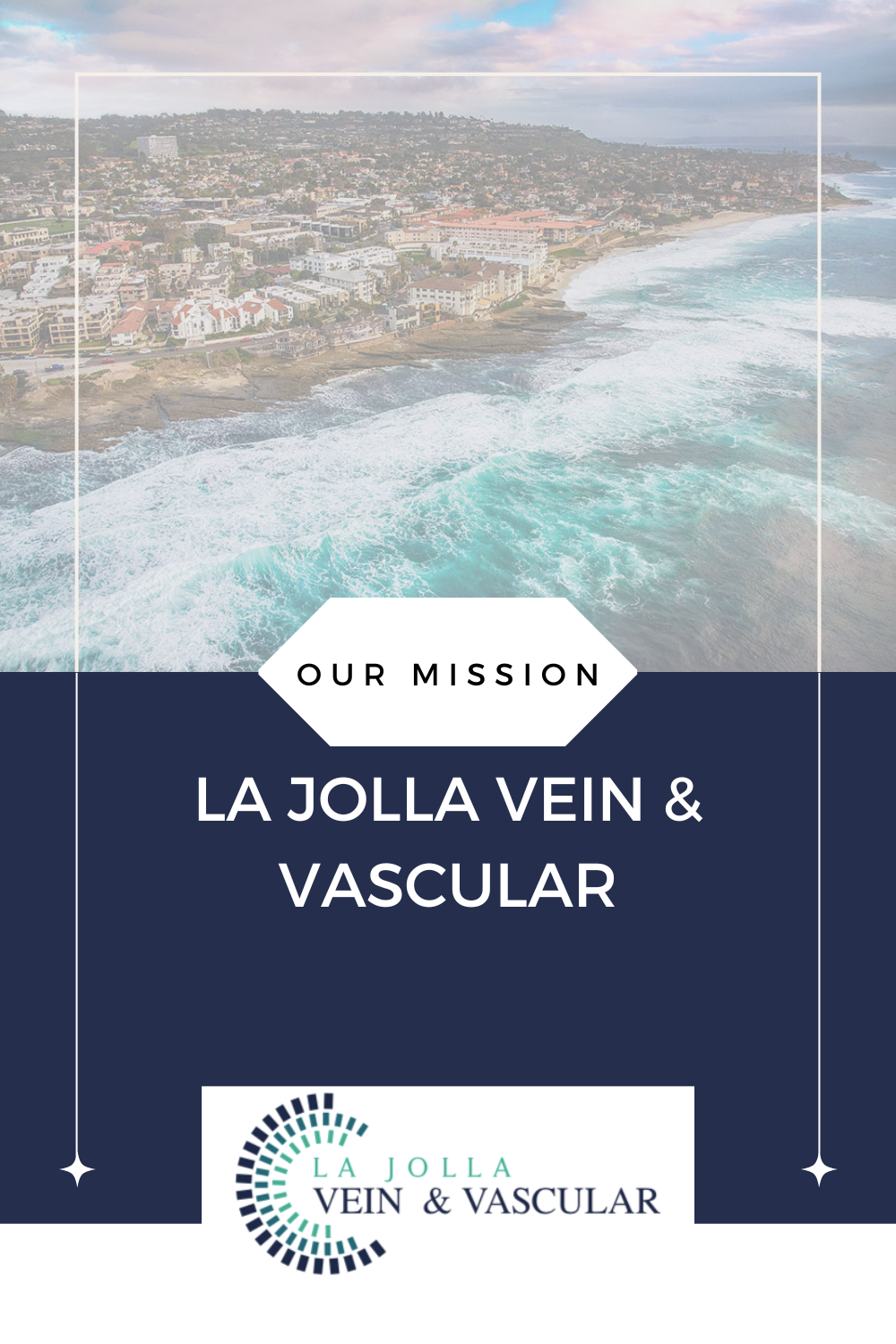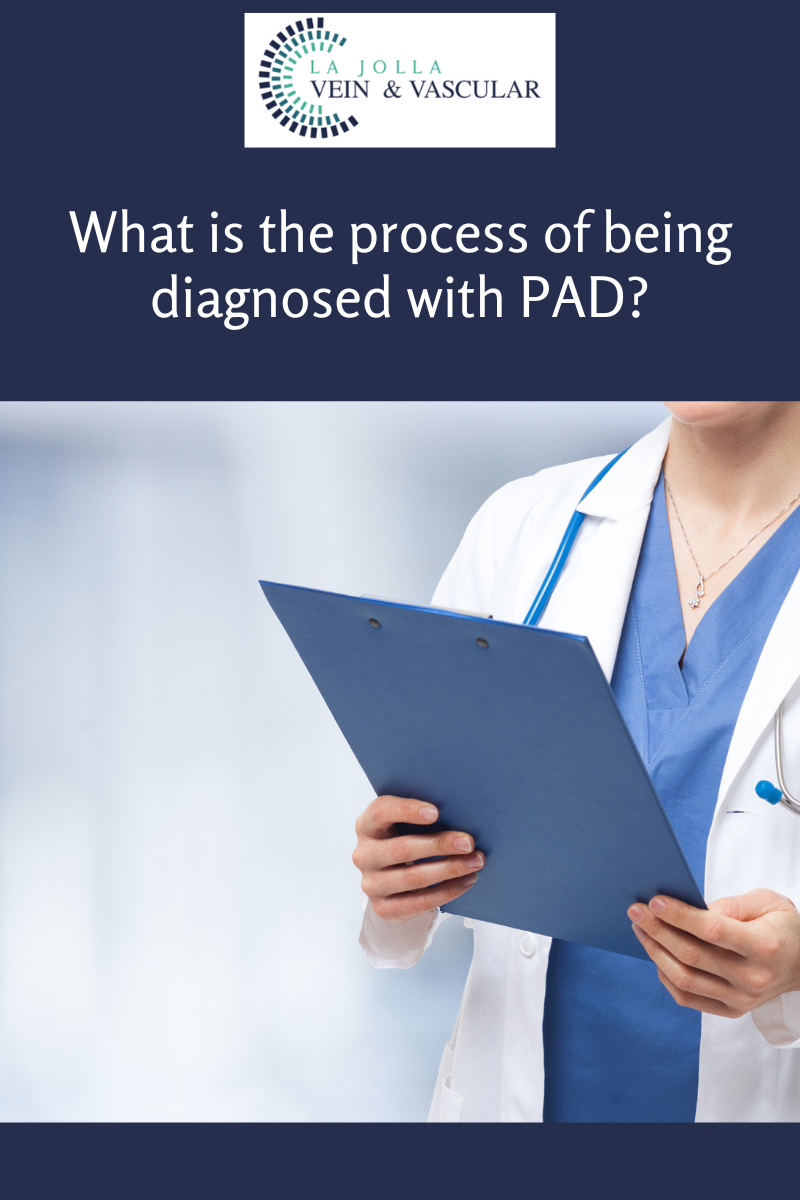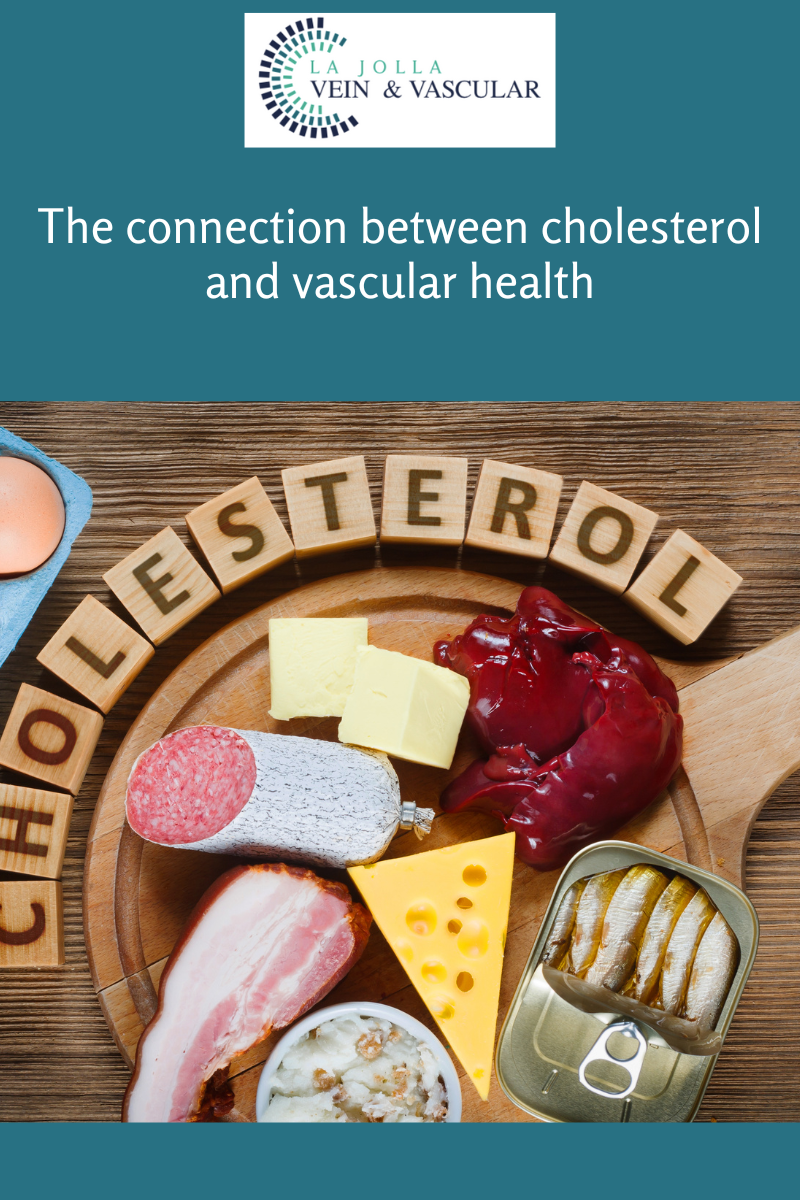Peripheral Arterial Disease Signs
LJVascular2023-02-20T18:07:22-08:00Peripheral Arterial Disease – Symptoms
The most common symptom of Peripheral arterial disease is claudication. The fat and cholesterol build up on the artery walls cause a lack of blood flow, causing a condition referred to as ischemia. Ischemia is a condition that results when there is a greater demand for […]












